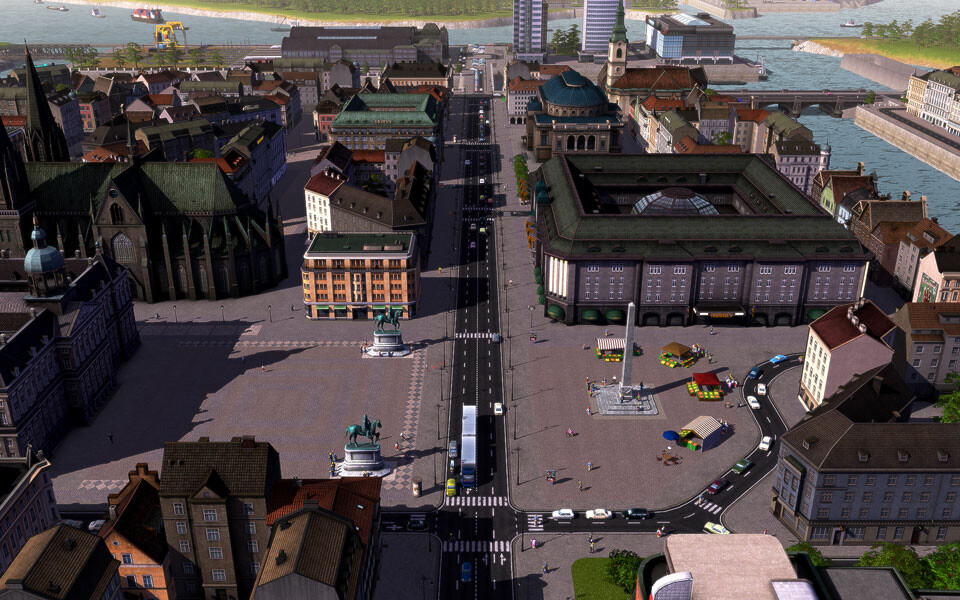


Sadly, there are still some issues with the game as it stands on launch – a clunky interface, some bugs that need ironing out, the usual. this give you more focused tasks with which to sink your teeth into, and they always come with a cash reward to help off-set some of the costs. Establish a certain percentage of coverage, build a line that goes to a certain destination etc. Still, CiM2 tries to waylay this by giving a number of dynamically generated ‘short-term’ goals. There are graphs and data overlays you can consult, that show where the various population types work, live and ‘play’, and it’s a good idea to start connecting some of those up, but again, the where can sometimes be daunting.
Cities in motion 2 maps folder how to#
Even if you do do the tutorial, which teaches you the basics of how to place down lines etc., it doesn’t really provide much insight into the WHERE of placement. When presented with your first, large city, it can be quite hard to know where to start. Such a departure is not without its consequences though – what Cities in Motions 2 gains in more long-term, large scale gameplay, they lose in short-term, focused gameplay.

For example, jumping off at this tram station here and then jumping on the ferry Personally, I think the AI struggles a little bit with getting the population to chain routes. Timetables, which you’ve probably heard a lot of by now, is one such change, and it allows you to tailor your routes specifically depending on the habits of the AI population. There are also a lot of minor tweaks, most notably in the management of your company and the lines themselves. The City AI will also react to where you start plonking down transport lines as well, so there’s a very to-and-fro dynamic going on. Cities also evolve dynamically now, instead of via a set progression path – players can plonk down their own roads and access-ways, and houses will spring up around them. City maps are also much, much larger, and give a more varied and interesting landscape for you to work around. For starters, you don’t start in the past and progress through the ages – everything is fixed in the modern era. The changes in Cities in Motion 2 are few, but pointed, and stand as a fairly significant departure from how things were in the first game. That’s not to say it’s a bad game, but you have to take its strengths with its weaknesses, especially considering you have to devote a lot of hours to get anywhere. Like I said though, change is never easy – Cities in Motion 2, whilst ultimately a step in the right direction – is still lacking in a couple of areas. The first Cities in Motion was an interesting enough game, more of a proof of concept than anything else, but it lacked a lot in the long-term game, even with the linear evolution of the cities, and so going into the second game Colossal Order had to shake things up a bit. Change is never easy, but always necessary.


 0 kommentar(er)
0 kommentar(er)
